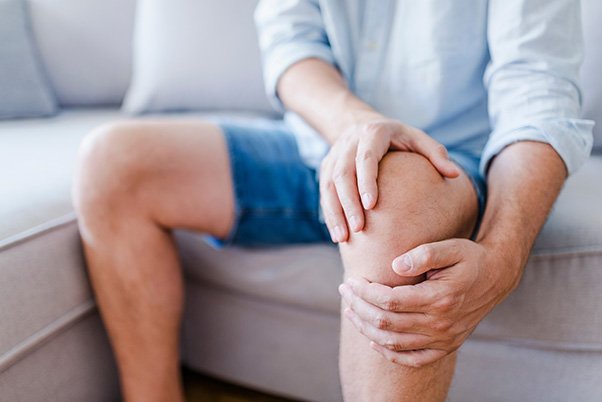What’s the Best Way to Manage Osteoarthritis?

Osteoarthritis isn’t just about “getting old” or feeling stiff in the morning—it’s about how we move through life when our joints no longer move the way they used to. For some, it starts as a quiet ache in the knee after a long day. For others, it’s the persistent discomfort that makes tying shoes or climbing stairs feel harder than it should.
At its core, osteoarthritis is a wear-and-tear condition—but managing it well isn’t just about enduring. It’s about adapting with knowledge, making smart daily choices, and finding the right support when you need it.
In this article, let’s learn more with Dr. Ng Swee Soon, our Consultant in Orthopaedic & Trauma Surgery, Arthroplasty, and Robotic Surgery, about navigating osteoarthritis with better understanding and care.

Understanding the Signs
Osteoarthritis often develops slowly and worsens over time. You may first notice stiffness after waking up or pain after activity. Other signs include tenderness, a grating sensation when moving, swelling, or bony lumps near the joints. If these symptoms persist, it’s important to consult a healthcare professional.
Why It Happens
Several factors can contribute to the breakdown of joint cartilage:
- Ageing: Risk increases with age.
- Genetics: Family history can play a role.
- Joint injuries or repetitive stress: From sports or jobs.
- Obesity: Extra weight puts added stress on joints.
- Bone deformities or metabolic disorders: Conditions like diabetes or iron overload can contribute
Diagnosis
Your healthcare professional will examine the affected joint and may recommend:
- X-rays to check for joint space narrowing or bone spurs.
- MRI scans for more detailed images.
- Joint fluid tests to rule out infections or other types of arthritis.
Managing Osteoarthritis Effectively
1. Stay Active Regular exercise strengthens the muscles around the joint, improves flexibility, and eases stiffness. Low-impact activities like walking, swimming, or cycling are ideal.
2. Weight Management Maintaining a healthy weight can significantly reduce pressure on weight-bearing joints, especially knees and hips.
3. Medication Depending on your condition, your doctor may recommend:
- Acetaminophen for mild pain.
- NSAIDs like ibuprofen or naproxen for inflammation.
- Topical gels for localised relief.
- In some cases, duloxetine, an antidepressant also used for chronic pain.
4. Physical and Occupational Therapy A physical therapist can teach you targeted exercises, while an occupational therapist can show ways to protect joints during daily activities.
5. Supportive Devices Braces, orthotics, walking sticks, or specially designed tools can ease movement and reduce joint strain.
6. Injections Corticosteroid or hyaluronic acid injections can offer temporary relief in some cases.
7. Surgery For severe osteoarthritis, surgical options like joint realignment (osteotomy) or joint replacement (hip or knee) may be considered.
A Personalised Approach
Because osteoarthritis affects everyone differently, the most effective management plan is one tailored to your symptoms, lifestyle, and goals. Consult a doctor early, even if symptoms seem mild—intervening early can help slow progression.
If you’re dealing with joint pain or stiffness, our Orthopaedic Centre (hyperlink to COE) at Sunway Medical Centre Velocity offers comprehensive care, from early diagnosis to long-term management strategies.
You can also consult with an orthopaedic specialist to get personalised advice and treatment tailored to your condition.
Living with osteoarthritis doesn’t mean you have to give up the activities you love. With the right care and guidance, it's possible to live well—and move well—every day.
Was this article helpful?
0 out of 0 found this helpful
Suggest to Read









